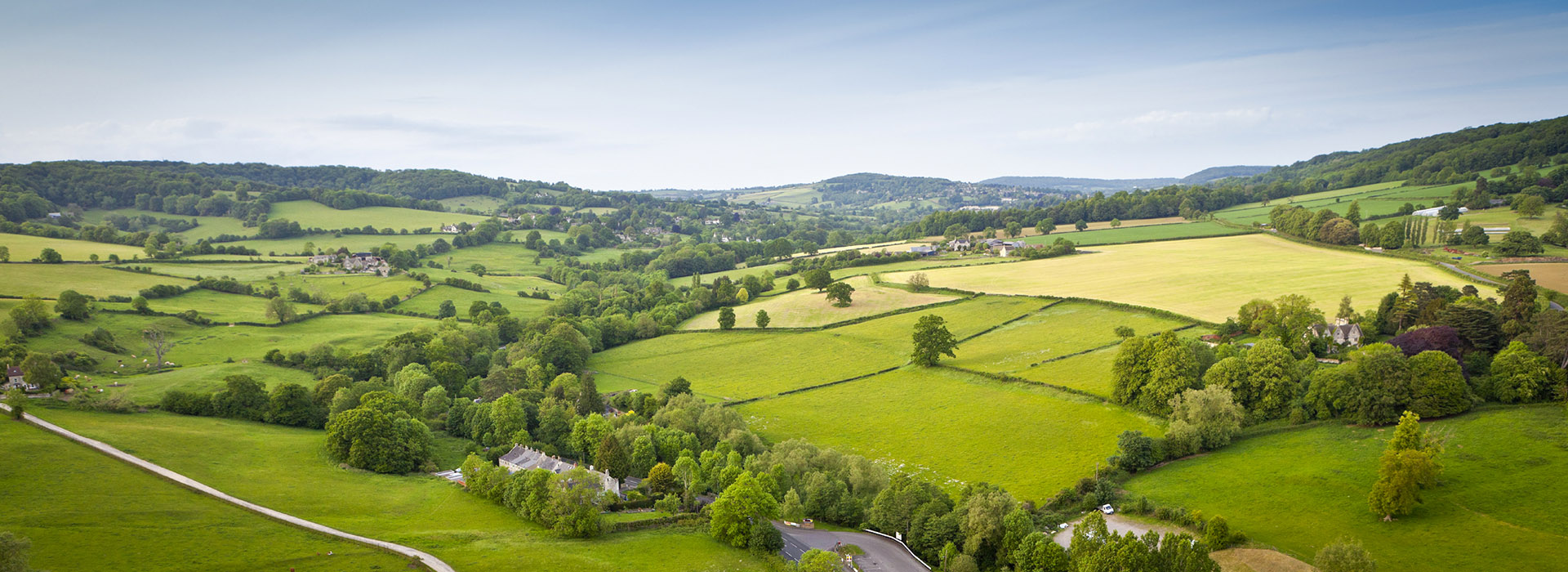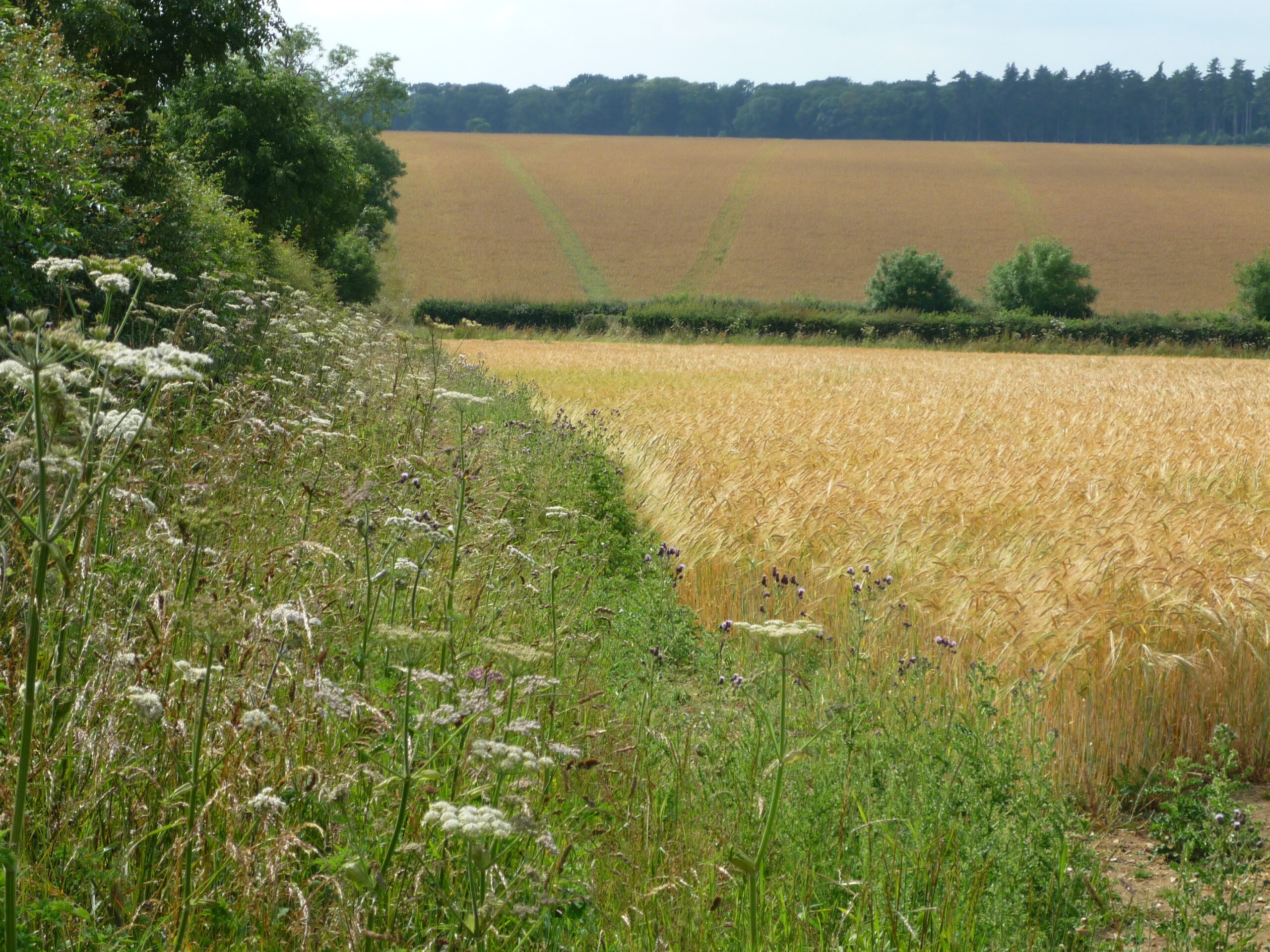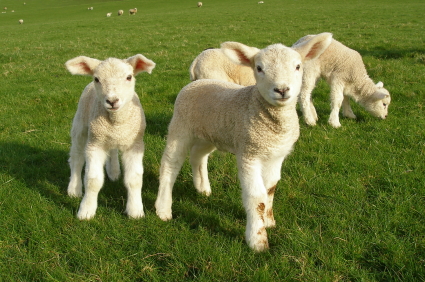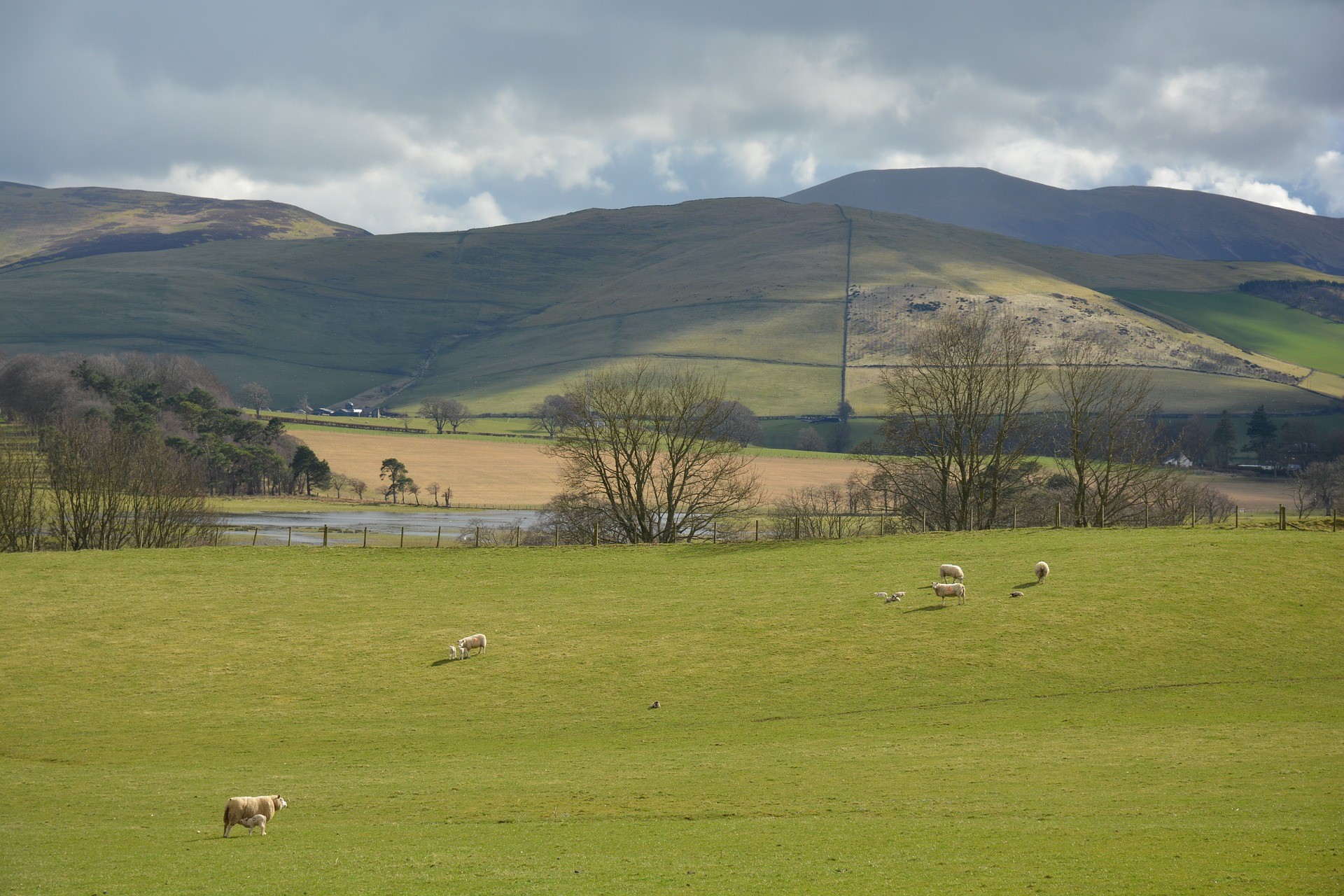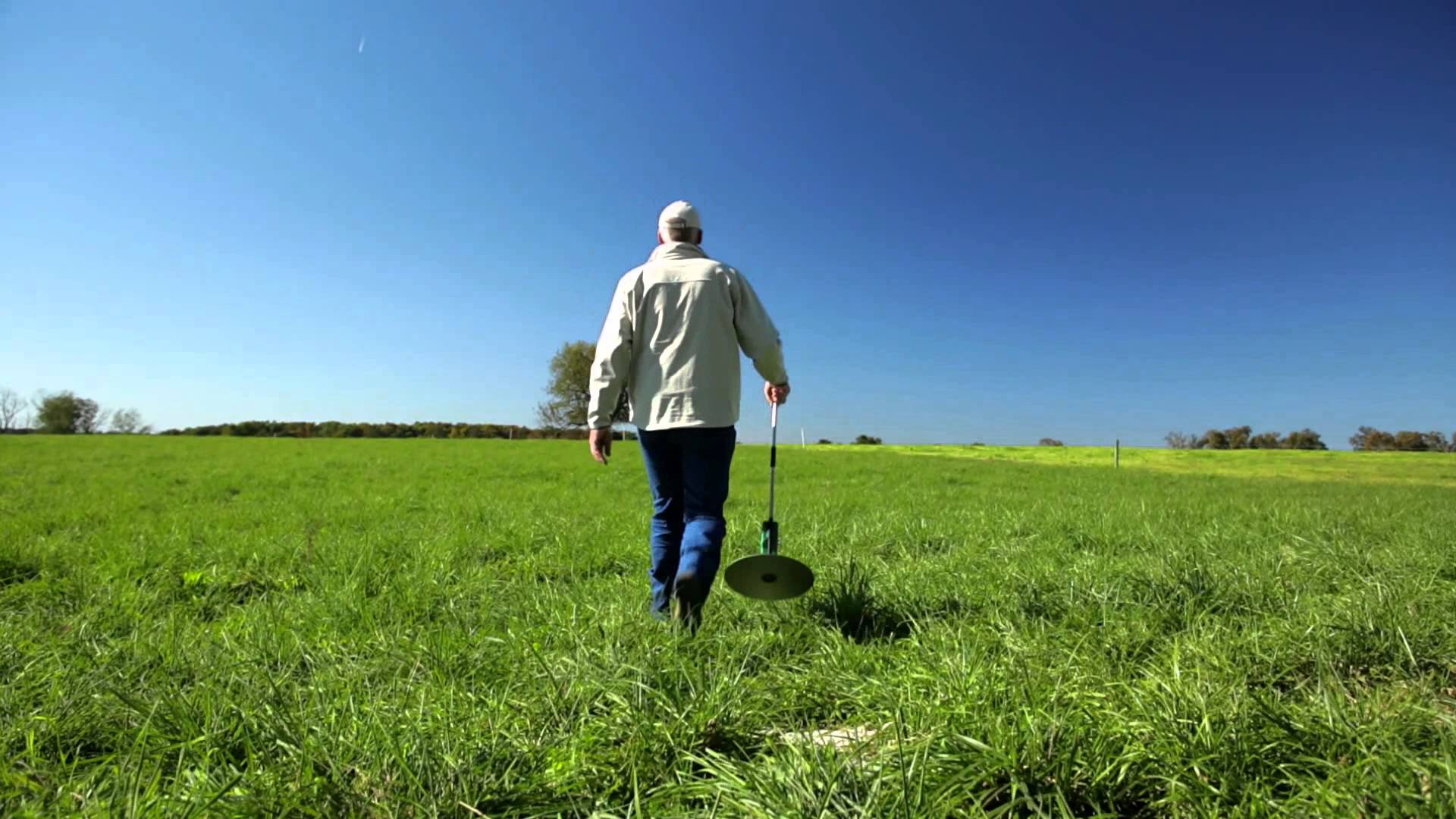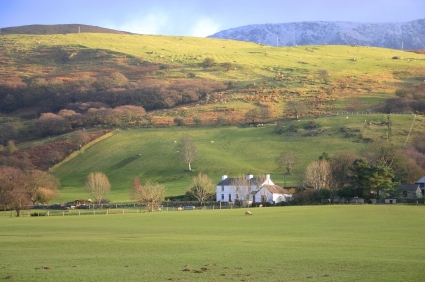The supply of farmland coming onto the market continues to fall according to the latest Rural Land Market Survey from the Royal Institution of Chartered Surveyors (RICS) and the Royal Agricultural University (RAU). Both the availability of residential and commercial units has declined over the last twelve months and more respondents reported that they did not expect the situation to change much in 2018, citing the ongoing uncertainty over Brexit resulting in less land being made available. On the demand side, this appears to have stabilised in the second quarter of 2017, after declining for a couple of years. However, this is probably more due to an upturn in ‘lifestyle’ buyers returning to the market as demand for purely commercial farmland still continues to fall marginally. In addition, there remains a divide between good quality land in the right location and the poorer quality farmland.
The survey’s transaction-based measure for the second half of 2017, shows the weighted average price increased by 1.6% to £10,257 per acre (£25,345 per hectare) compared with the first quarter. However, this is 2% down on the year. By contrast, the opinion-based survey, fell by a further 1.4% in quarter two to £7,434 per acre (£18,369 per hectare); nearly 8% down compared to year-earlier levels. The opinion-based measure, is a hypothetical estimate from surveyors of bareland prices. The transaction-based measure is from actual sales and also includes a residential component where its value is estimated to be less than 50% of the total, and is therefore usually higher.
Looking ahead, the survey reports a net balance of -13% of surveyors expect land values to fall over the coming year, with more anticipating the value of commercial farmland to fall compared to those blocks of land which also have a residential element.
Turning to rents, arable FBT rents showed a fall in the second quarter, from £146 per acre (£361 per Ha) to £141 per acre (£348 per Ha), although these are still up by 4% year-on-year. Pasture rents also declined marginally from £94 per acre (£232 per Ha) in the first half of 2017 to £93 per acre (£230 per Ha) in the second quarter and are 1% down annually. In comparison, Agricultural Holdings Act tenancies saw an increase for both arable and pastureland in quarter two compared to the first half of 2017, from £75 per acre to £78 per acre and £53 per acre to £58 per acre respectively.
Average yields on investment land, although edging upwards from 1.5% to 1.6% in the second quarter, are still at their second lowest figure on record.
